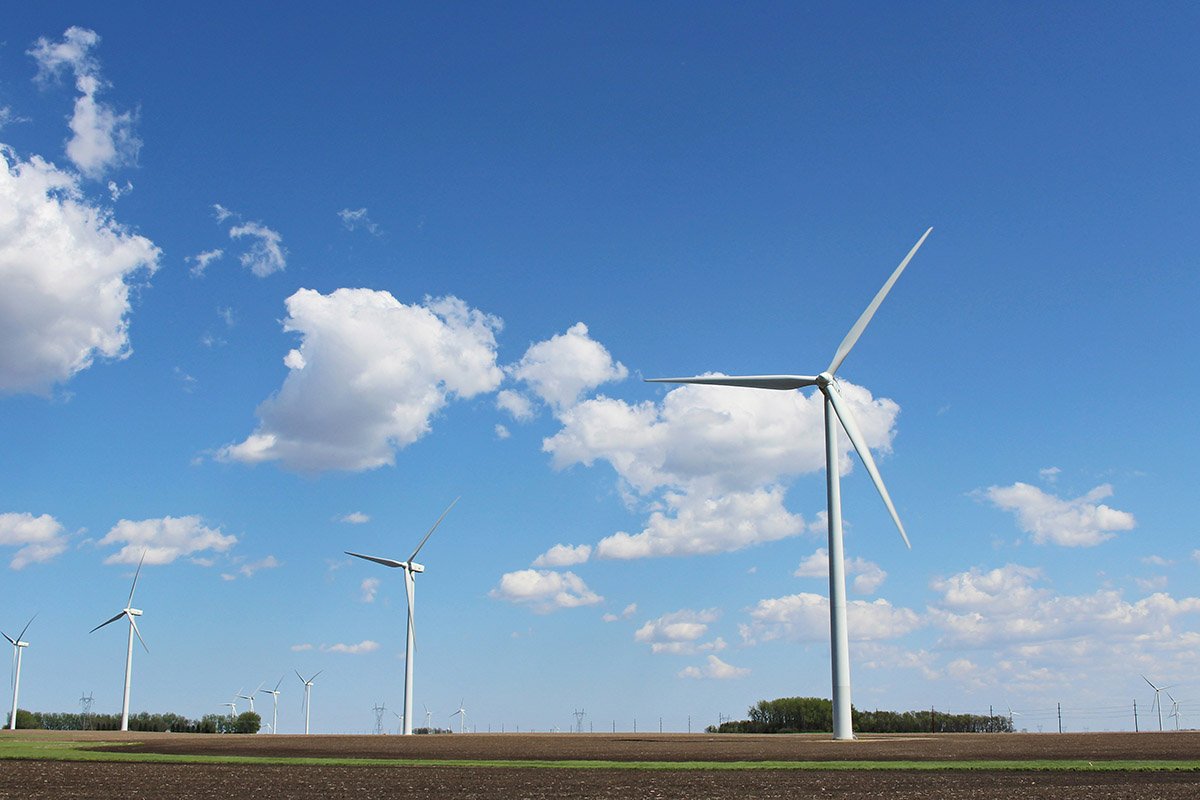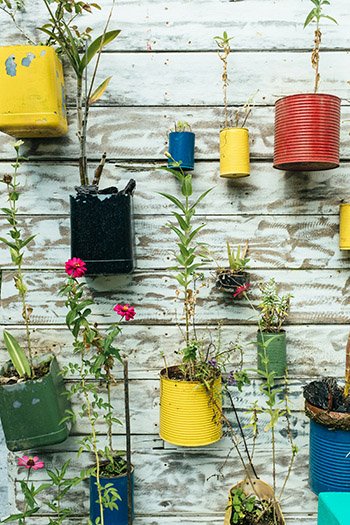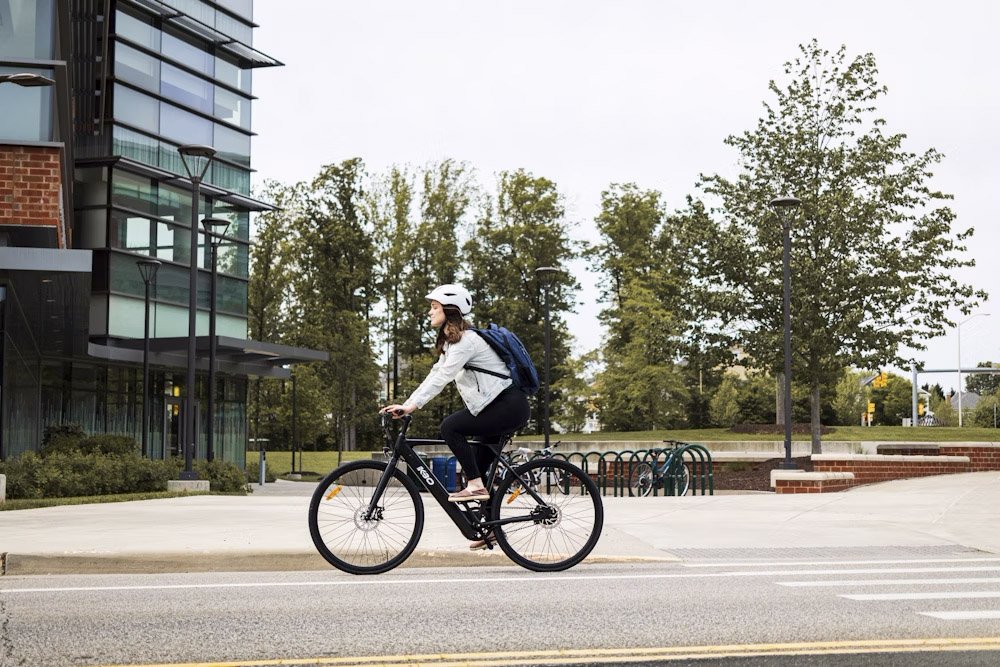What Will You Choose?
At HVS, we know the best thing we can do for the environment is to bring our zero-emission hydrogen-electric HGV to market as quickly as possible.
The average diesel HGV emits 104tonnes of CO2e every year. Transport is now the most polluting sector in the UK, and though HGVs represent only 1.5% of vehicles on the road, they contribute almost 20% of road transport emissions. However, 96% of new HGVs are still diesel-powered and 2023 was the hottest year on record.
We need to make better choices.
As a society. As companies. As people.
Though HVS’ focus is on producing a viable zero-emission alternative to heavily polluting diesel HGVs, there are many choices we can make along the way to ensure our work has minimal climate impact.
Better choices now mean greater benefits in the future.
To help the HVS team make sustainable choices, we have introduced a series of decision-making hierarchies. These cover Energy, Waste and Travel.
Our goal is to provide employees with a framework that enables them to make more sustainable choices, no matter how big or small. We encourage them to pause for ten seconds, think about what they are doing, and see how far up the hierarchy they can get.
In business, in life, in society, how different might things be if we took even a short time to make conscious decisions based on clear guidelines?
Energy
The energy we use and how it is generated impacts almost every area of our lives. Switching to zero-carbon or renewable electricity in our national grid is one of easiest ways decarbonise multiple sectors at once.
At HVS we have an interim target of 60% of our energy use being from low carbon sources on the path to net-zero.
However, the best option is always to reduce the amount of energy we use in the first place. If the electricity is generated by fossil fuels, reducing use will reduce emissions. If your electricity comes from renewables, reducing usage frees up that green energy for use elsewhere.
Reduced usage can be achieved through behavioural changes, as simple as switching things off whilst not in use, or through better design or exchanging existing systems for more efficient ones. Not only does this save energy and emissions, it will save your business money too.
The final line in our decision-making hierarchy is offsetting. Even lower than high carbon energy.
This is not to say that carbon offsetting is wrong, HVS are partnering with UK-based programmes to offset some of our residual emissions. However, offsetting must not form part of the decision-making process for where you get your energy from, or how you use it. It is a last resort for the emissions that cannot be prevented.
Reduce usage first. Rethink how you use it, then replace where you get your energy from. Whatever is left over can then be offset.
Waste
“One man’s trash is another man’s treasure,” but in business your waste is always an additional cost.
Waste can be produced by misuse, by inefficiencies in various processes, by over purchasing or as a by-product of the work you are doing.
We have all heard of Reduce, Reuse, Recycle, but our decision-making hierarchy adds in some extra stages.
The same as energy usage, the waste that is never created is the easiest to deal with and the least costly. Reducing all unnecessary wastage is the first step in the process.
Then we follow the well-known pyramid of waste. Reuse everything as much as possible. Repair whatever you can. Recycle what you cannot. Recover costs and materials by making new products, or create new revenue streams by feeding into other industries.
For most materials there are many better business and environmental choices we can make before considering treatment or disposal.
Travel
We live in a post-Covid age. Despite the frustration that video call software can cause when it is not working, we have the tools and the experience to reduce a lot of unnecessary travel.
The HVS Travel decision-making hierarchy aims to help our team make wise choices, in terms of emissions and their time.
As humans we have a need to communicate. The easiest (and lowest emissions) way is to walk over and start a conversation, but this is often not possible.
Emails do have an associated carbon footprint, ranging from 0.2g for a quick thank you, to several grams of CO2e for a longer message or one containing images, but these are tiny amounts compared to a kilogram of CO2e for just five miles in a car. As mentioned already, using video calls and meeting online can avoid transport emissions entirely.
At HVS we encourage our team to utilise these no-travel options as much as possible.
Sometimes, however, travel is unavoidable.
Our hierarchy encourages employees to pause for ten seconds and consider how they could complete their travel requirements in the most sustainable way. This is highly journey dependant, with the distance, time and destination all contributing to defining the right choice.
We encourage active travel where possible, to capture the additional physical and mental wellbeing this can provide.
Combining your journey with others is also a great way to reduce overall emissions. This can be achieved on public transport, many of which are transitioning to zero-emission vehicles, or through car sharing.
Flights should only be considered for vital journeys overseas and offsetting options should be used to counteract these emissions.
Reduce, Rethink, Replace (With Low Carbon Alternatives)
In short, the HVS decision-making hierarchies boil-down to: Reduce, Rethink, Replace (with low carbon alternatives).
Reducing energy usage, reducing waste production and reducing travel are not just good for the environment, they are beneficial for the business as a whole.
Sustainability can often be achieved simply by Rethinking how we do things. Can we find a more efficient process? Can we reuse or repair something to extend its lifespan? Does that meeting really need to be in-person?
Finally, what can we replace to increase our range of beneficial choices? Electricity generated by renewable sources, waste becoming material for another business, and zero-emission HGVs displacing highly polluting diesel ones are all examples of like for like replacement that make environmental choices simple.
The next time you are faced with a decision, pause for ten seconds. Consider if you are acting in the most sustainable way. In the way that supports our way of life for the long term. Feel free to use the HVS decision-making hierarchies as a framework.
Remember, every decision can push us closer to climate catastrophe, or towards a future in which we can all thrive.
What will you choose?




